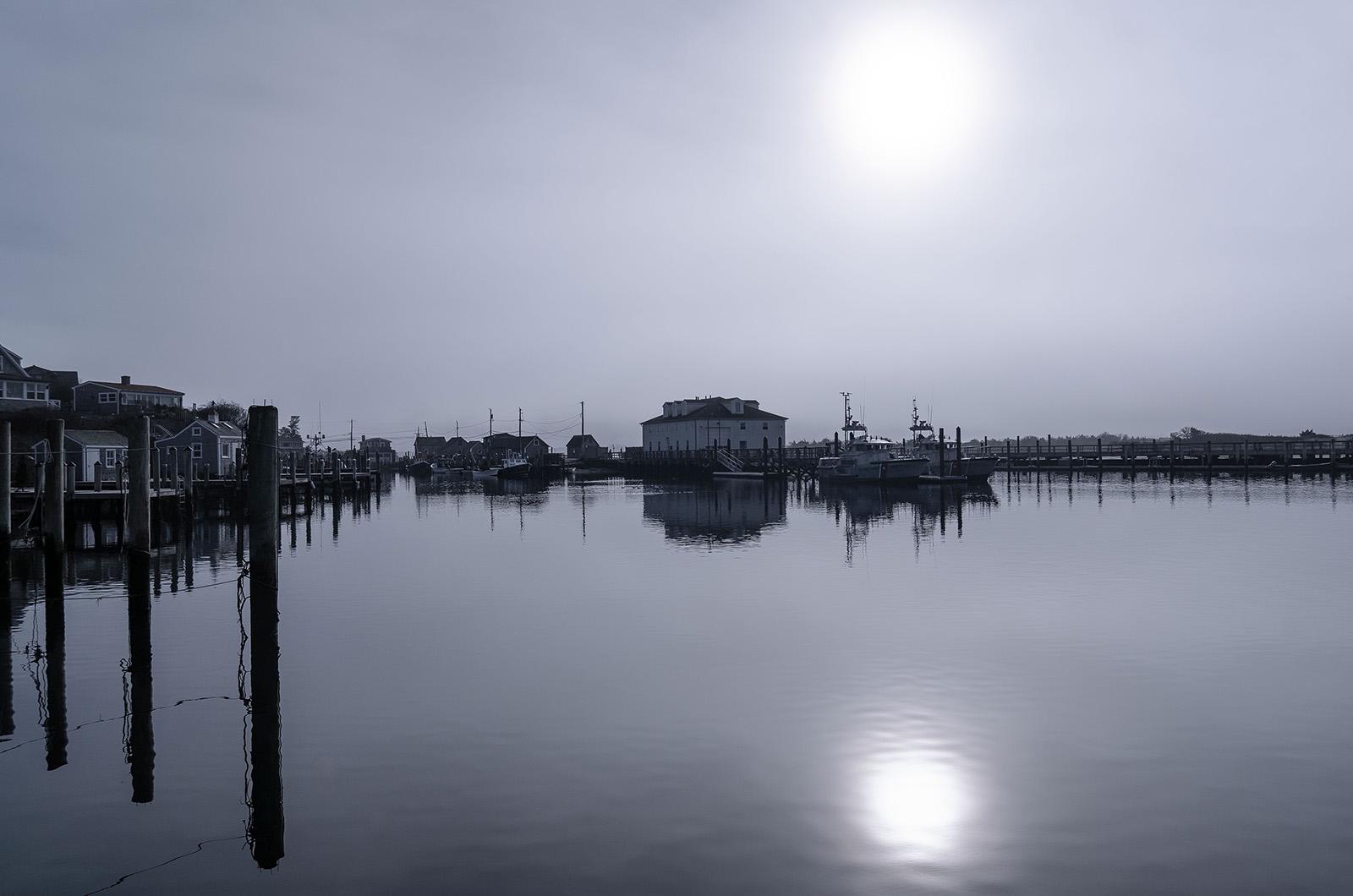From the Dec. 28, 1973 edition of the Vineyard Gazette:
The year’s end invariably calls for comparisons with what has gone before as well as for hopes of what will lie ahead. Looking back a century, one finds all sorts of similarities between what has just occurred and what occurred in those years when Ulysses S. Grant was president and the Vineyard was being described as “having a most delicious climate where the heat is tempered with cooling breezes from the sea and where the eye is regaled with pleasing water scenery.”
In January, 1874, Edgar Marchant, then editor of the Vineyard Gazette, looked back on 1873 to comment “People have been over-doing, living too fast, have been too eager to get a fortune and too unscrupulous about the means of obtaining it. The reign of common sense and honesty begins and people are saying everywhere, we must live more economically, be content with smaller gains, trust more to character and reform ourselves generally. Pluck up heart for the New Year!”
The New Bedford, Nantucket and Martha’s Vineyard Steamboat Company completed the purchase of the steamer River Queen of New York, 185 feet long and 527 tons, bought for $60,000. It also purchased Morse’s Wharf in Edgartown so that one or more of its boats could arrive and depart there.
In those days, they were exclaiming over the “incalculable benefit to the sailor” of the Sailors’ Free Reading Room, just established.
The town of Tisbury offered a reward of $400 for the detection and conviction of the person or persons who set fire to the barn of Mr. Stephen Luce.
One of the grandest Illuminations ever held on the Vineyard was in 1873 when a “profusion of Chinese lanterns, numbering in the thousands, looked in the blackness of the night like a firmament of fiery planets.”
The 500 sheep on Noman’s Land were yielding four or five pounds of wool of superior quality.
“The mail contractor,” the Gazette editor wrote, “sits quietly at home, and the mails remain quietly at rest in Woods Hole. The best that can be said of him is that he is ‘a sleepy cuss’ deserving the torments of the wicked.”
Mr. George A. Florance had purchased of the Vineyard Grove Company lots on the Highlands, in Wesley Park, to the amount of $1,000 on which he was erecting a first class dining hall with a fine reception room attached for the accommodation of the summer visitor of Vineyard Highlands and vicinity. The building cost $4,000.
An “Old visitor to the Vineyard” asked the Gazette “Will you allow space in your columns to call attention to the subject of drainage at Oak Bluffs and the Camp Ground? No evil has as yet resulted from the lack of sewerage, but as these places become more densely populated, a thorough system of drainage will become an absolute necessity.”
Mr. Jeremiah Pease moved at a town meeting that $800 be raised to support a police force, to be divided equally between Oak Bluffs and the Camp Ground.
Tarlton C, Luce sold Amos E. Gould of Boston 63 lots at Bellevue Heights. J, and W. R. Wing reported the sale of upwards of 400 lots on Lagoon Heights between January and Aug. 28, 1873.
A kitten moved onto the premises of Capt. Rufus N. Smith in Edgartown and became so strongly attached to a hen that it not only followed it about all day, but got up on the roost at night and slept by its side.
The store of Capt. Tristram D. Pease, on the steamboat wharf, was entered by someone who helped himself to about eight pounds of cheese, a box of tobacco, and a few coppers that were left in a drawer.
The Edgartown board of health established a fine for “any person who shall deposit any filth or rubbish, likely to become a nuisance, in any public highway, within the limits of the town.”
In 1874, there was anxiety over the price of coal.
Although there was no Russian fishermen catching Island codfish, even then the Island codfish had a hard time of it. “There is a new woe in store for him,” said the Gazette in 1873, “for a machine has been invented for catching him by steam, and steamers are to be used to pursue him instead of the old-fashioned fishing smack.”
As for women liberationists, they were getting under way, for the last census return reported in 1874 showed “the existence of more trades and professions among women than one would suppose possible,” according to the Gazette. Nationwide, there were “besides women farmers, 45 female stock herders, five barbers, 24 dentists, two hostlers, three professional hunters and trappers, five lawyers, 535 physicians, 97 clergymen, seven sextons, 10 canal women, 195 dray women, one pilot, four gas stokers, 33 gunsmiths, seven gunpowder makers, 16 ship riggers, with a large number of artisans, mechanics, inventors, telegraph operators and teachers of navigation.”
And in those days, too, there was talk of impeachment. A motion to impeach Vice President Colfax failed by only a few votes — Yeas, 106; nays, 109.
Compiled by Hilary Wallcox
library@vineyardgazette.com




Comments
Comment policy »